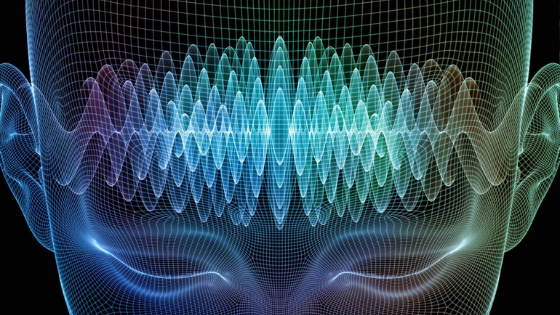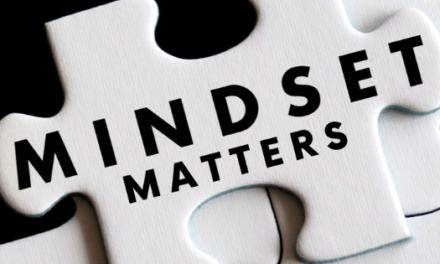Several years ago, I discovered that when I listened to Electronic Dance Music (EDM) it greatly improved my ability to focus when reading, writing, or working in my office. I assumed the beats (without words) eliminated background noise and forced my mind to concentrate on the task at hand, and somehow the music stimulated my creativity. If you walk past my office during the work week you might wonder if I’m working or raving at the newest pop-up club in town.
Eventually my curiosity peaked, and I recently decided to research and learn why EDM music improved my ability to focus and increase my productivity. Within several minutes of my initial research, I came across a big surprise. Scientists are studying to prove that a specific type of music, known as binaural beats, is the best form of music to increase focus, alleviate anxiety, and even improve sleep based upon the specific frequency of the music.
Binaural means “relating to both ears.” Binaural beats are an auditory illusion caused by listening to two tones of slightly different frequency, one in each ear. All sound has a frequency. When you put on headphones and listen to two sounds with different frequencies — one in your left ear and one in your right ear — your brain compensates for the difference and produces a third frequency. The third frequency is the binaural beat.
When you play a tone with a slightly different frequency into your left and right ear — say, 200 hertz (Hz) in one and 210 Hz in the other — they travel separately to your inferior colliculus, the part of your brain that gathers auditory input. There, the tones “squelch” together into a so-called “beat” at a perceived new frequency. (In this case, it would be 10 Hz.)
Binaural beats are believed to produce a variety of results depending on the frequency of the music. These results include:
- Reduced anxiety
- Improved focus and concentration
- Lower stress
- Increased relaxation
- Enhanced creativity
Binaural beats change the frequency of your brainwaves, giving you control over which category you experience at any given moment. And because you are in the driver’s seat — and producing specific frequencies to induce a specific state of mind — you can use binaural beats to boost performance, increase focus, and improve your sleep.
For binaural beats to work, you need to use headphones because the sounds being played in one ear must be different to the sounds being played in the other. Isochronic tones (which often get compared with binaural beats), on the other hand, do not require the use of headphones. This is because isochronic tones use pulses of sound as opposed to playing different sound waves in each ear. While isochronic tones work well for some people, there isn’t the same depth and credibility of science to back them up, compared with binaural beats.
Overall, your brain has five different types of waves: delta, theta, alpha, beta and gamma. The type of waves your brain is producing at any given time depends on what activity you are doing. Therefore, if you are sleeping or in a state of deep relaxation, your brain will be in delta or theta waves. If you are awake but very calm, your brain will likely be in alpha waves, whereas paying normal attention to your surroundings would be beta waves. If you’re extremely alert or in a heightened state of awareness, then your brain would be producing beta or gamma waves.
You can easily find audio files of binaural beats online, such as on Spotify, Apple Music, YouTube, or whatever music platform you utilize. Your music platform will list Biaural Beats in the following frequencies:
- Binaural beats in the delta(1 to 4 Hz) range have been associated with deep sleep and relaxation.
- Binaural beats in the theta(4 to 8 Hz) range are linked to REM sleep, reduced anxiety, relaxation, as well as meditative and creative states.
- Binaural beats in the alphafrequencies (8 to 13 Hz) are thought to encourage relaxation, promote positivity, and decrease anxiety.
- Binaural beats in the lower betafrequencies (14 to 30 Hz) have been linked to increased concentration and alertness, problem solving, and improved memory.
- Binaural beat in the gamma frequencies (38 to 42Hz) have been associated with increased learning, memory, information processing, and cognitive function.
Armed with my new knowledge of binaural beats, I decided to test the science myself. As I write this blog, I am sitting on a patio of a crowded coffee house full of people talking, dogs barking, and cars driving by. I am wearing headphones and listening to a playlist of binaural beats with frequencies in the beta and gamma ranges with the intent to improve my focus, cognitive function, and concentration. While not scientific in nature, my results were clear. I worked for two hours with a high level of concentration and focus despite the many distractions present in my environment. While I could still hear the conversations and various noises surrounding my working area, I felt like I possessed a laser focus mindset on my task at hand.
Will you give binaural beats a try?
LiveTPG





